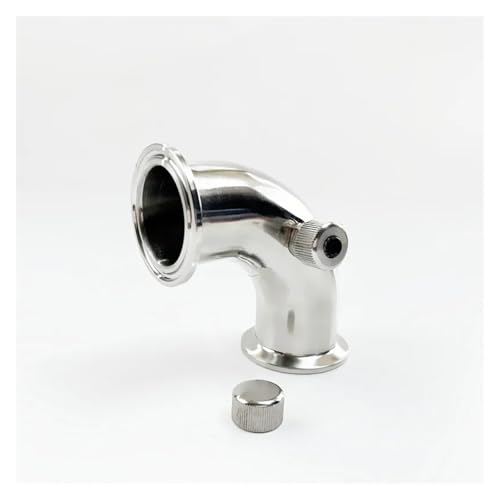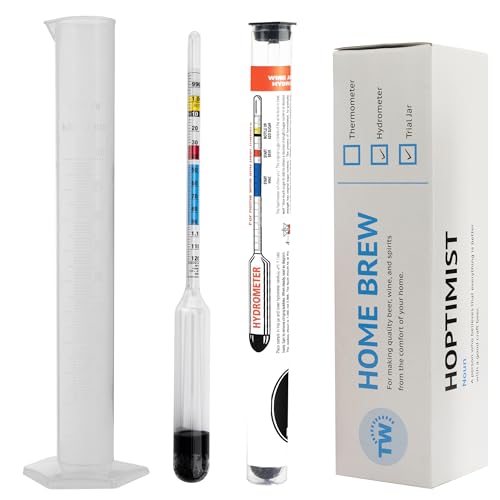Mornin guys and girls,
Got a brew coming up soon and as I'm putting a full order in, I thought I'd try a liquid yeast and was looking a recommendation on which strain.
Recipe-
4.5kg base malt
500g carapils (to get rid)
300g flaked wheat
300g flaked barley
250g 40l crystal
Challenger at 60(30g) and 10(20g)
EKG 50g at flameout.
OG 1.055
FG 1.010 -1.015
I might mash high or drop the base malt a bit but 5-5.5% ish is ok.
So a liquid yeast recommendation would be lovely. Feel free to critique the recipe as well.
Cheers!
Got a brew coming up soon and as I'm putting a full order in, I thought I'd try a liquid yeast and was looking a recommendation on which strain.
Recipe-
4.5kg base malt
500g carapils (to get rid)
300g flaked wheat
300g flaked barley
250g 40l crystal
Challenger at 60(30g) and 10(20g)
EKG 50g at flameout.
OG 1.055
FG 1.010 -1.015
I might mash high or drop the base malt a bit but 5-5.5% ish is ok.
So a liquid yeast recommendation would be lovely. Feel free to critique the recipe as well.
Cheers!










































